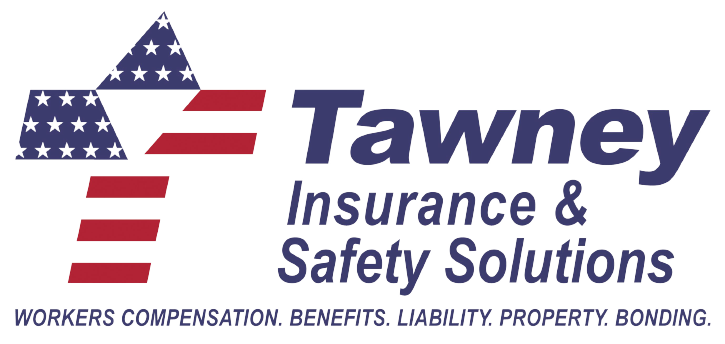Operating a Scissor Lift: The Final Steps to Safe Operation
You've completed your classroom training and passed the test. You've conducted your site walk. Now you're ready to operate the scissor lift, right? Well, there's still more to consider before getting started.
Machine Familiarization: A Critical Step
Even experienced operators need to take time to get to know each specific machine. Beyond the standard limitations we've discussed in previous articles, operators must always be mindful of overhead hazards - particularly power lines when working outdoors. This awareness can prevent serious accidents and electrocution risks.
The Often-Overlooked Role of Occupants
While we focus heavily on operator training, occupants also need proper instruction. They must understand how their actions affect the stability of the machine. This includes:
Understanding weight distribution and side loading risks
Proper positioning of feet on the platform floor
Knowledge of tools and equipment weight limits
Emergency lowering procedures in case the operator becomes incapacitated
Control Panel Essentials
One common issue operators face is deteriorating control labels, often due to paint overspray or wear. While labels may still be legible, it's essential to understand each control's function clearly.
Key components include:
The Emergency Stop (E-stop): This serves as the main power switch for daily operation. Pull it up to activate the machine.
Dual-function joystick: Controls steering in one mode and platform elevation in another.
Battery indicator: Shows charge level with three green bars and a red indicator.
Dead man switch: Located on the joystick, requires activation for any movement.
Horn: Operates when the machine is in motion.
Safety Features in Action
The side skirts play a crucial role in machine stability. When raising the platform:
Side skirts should deploy automatically as the platform rises
Both sides must function properly
Skirts should retract automatically when lowering
While the machine is more stable in its fully lowered position, don't be tempted to take shortcuts. Even with additional ground clearance, obstacles can cause serious issues. Always:
Clear your path before movement
Remove any debris or obstructions
Inspect the route for potential hazards
Final Safety Check
Before operation, verify:
All controls are responsive
Safety features are functioning
Path of travel is clear
Overhead clearance is sufficient
All occupants understand their responsibilities
Remember: Taking time for proper preparation and verification isn't just about following rules—it's about ensuring everyone goes home safely at the end of the day.
Reach out to us on LinkedIn to learn more.
This article is part of our comprehensive scissor lift safety series. For specific questions about your equipment or work environment, please consult with your safety director or reach out to our team of certified safety professionals.
Watch the full series on YouTube - https://www.youtube.com/@tawneyinsurance8644
